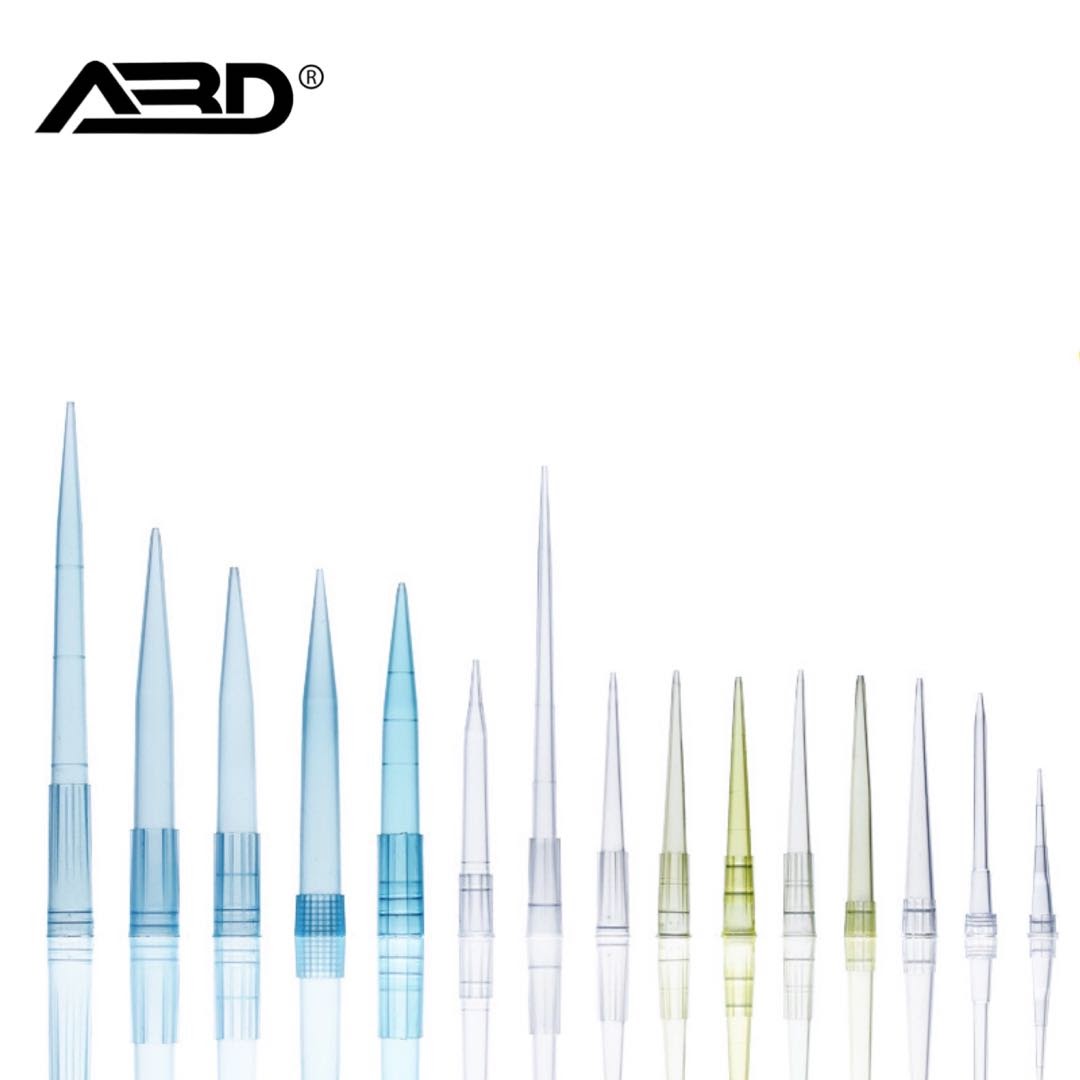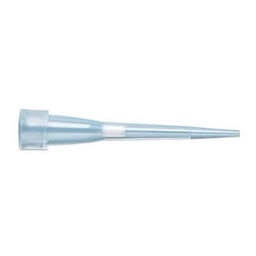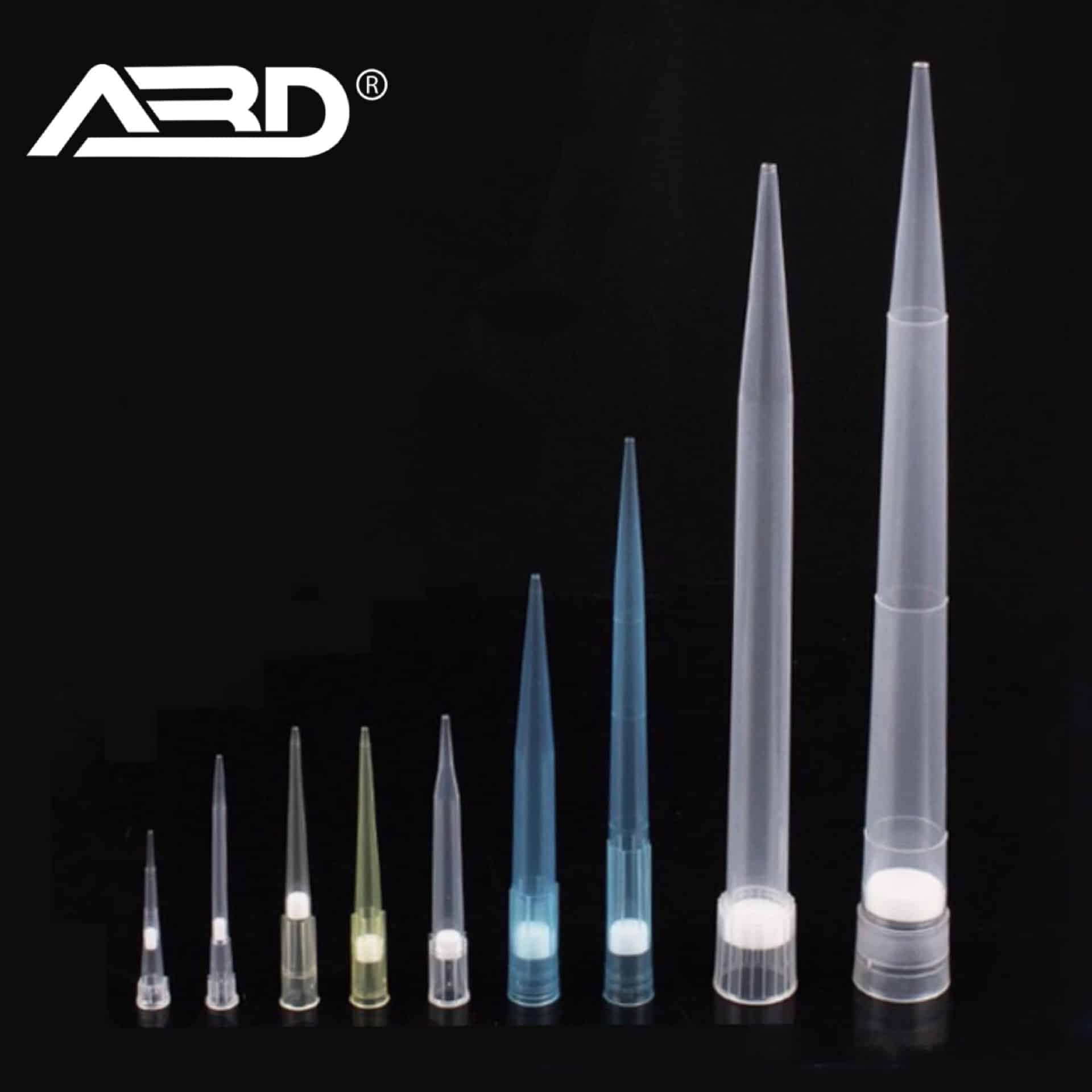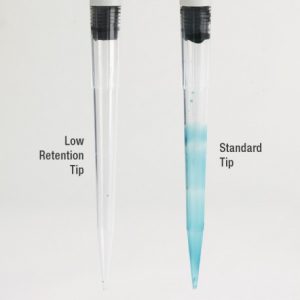How to Choose Pipette Tips? - ABD Lab
 If you choose the wrong tip type, even the best calibrated pipette will affect its accuracy and accuracy. Depending on the experiment you are doing, the wrong type of tip may also make your pipette a source of contamination, lead to wastage of valuable samples or reagents, and even cause physical harm to you in the form of repetitive pressure injury (RSI).
If you choose the wrong tip type, even the best calibrated pipette will affect its accuracy and accuracy. Depending on the experiment you are doing, the wrong type of tip may also make your pipette a source of contamination, lead to wastage of valuable samples or reagents, and even cause physical harm to you in the form of repetitive pressure injury (RSI).
There are many different kinds of tips to choose from. How do you know which pipette is best for your pipette and situation?
Don't panic, here we are.
1. Choose high-quality pipette tips for precision and accuracy
When considering which tip type to choose, the first thing that comes to mind is often precision and accuracy. If there is any difference in the shape of the pipette tip between batches or batches, your pipetting will be inaccurate. If the tip is not suitable for your particular pipette, the accuracy of the pipette may be affected. If the seal between the pipette and the tip is not good, the air sucked in may escape without sucking the correct volume of liquid. Therefore, the final volume dispensed is not absolutely correct. Choosing the right pipette tip for your pipette can be tricky.
2. Universal fitting tips v.s. Pipette specific tips
The best choice for your pipette and application is to use high-quality universal tips. These universal tips can be used with most micropipettes on the market. The universal tip is designed to fit firmly and tightly around all pipette barrels, and its diameter varies from manufacturer to manufacturer. For example, tips with FlexFit technology are flexible at the proximal end of the tip (that is, closest to the barrel), which makes them more suitable for a wider range of pipette types. In Labclinics, you can find universal tips with all the functions discussed below (aerosol barrier, scale, ergonomics, etc.).
3. Filtered tips v.s. Non-filter tips

Barrier tips or filter tips are designed for different conditions. If you are pipetting something that might contaminate the pipette (such as volatile, corrosive or viscous chemicals), then you need to consider using barrier tips to protect the pipette and sample.

Aerosol barrier tips, also called filter pipette tips, are equipped with a filter at the proximal part of the tip. The filter protects the pipette from aerosols and the inhalation of volatile or viscous solutions into the barrel, all of which can contaminate and damage the pipette. These tips are usually pre-sterilized and do not contain DNase/RNase. However, "obstacle" is a bit of a misnomer for some of these techniques. Only certain high-end tips can provide a true sealing barrier. Most filters only slow down the speed at which liquid enters the pipette. The filter barrier in these tips makes them the choice for sensitive applications such as qPCR. The barrier prevents PCR contamination by preventing sample residue in the pipette, which will provide you with more reliable results. Also, remember to run your PCR positive and negative controls to find sample residues. In addition, the filter is a good "training wheel" for novices. Many times, pipette contamination occurs when a new laboratory member accidentally sucks liquid into the pipette itself. Because the liquid is in the piston, throwing away the tip is much easier and more cost-effective than sending the entire pipette for repair.

4. Low retention tips v.s. General tips
No matter which one you choose, low retention is a key feature. As the name suggests, the function of the low retention tip is to retain a low level of liquid. If you have ever seen a standard pipette tip, you may have seen a little liquid left after dispensing. Low-absorption tips can prevent this from happening because they have hydrophobic plastic additives that prevent liquids from sticking inside the tips.
5. Ergonomic tips
Performing repetitive tasks (such as pipetting) can damage joints and cause repetitive pressure injury (RSI). In view of this, the company designed an ergonomic tip that requires low insertion and ejection forces, thereby reducing the risk of RSI. In other words, this function can be restored to normal. The tip designed for the correct installation of the pipette is an ergonomic tip.
References
HOW TO CHOOSE THE RIGHT PIPETTE TIPS FOR YOUR EXPERIMENT by Labclinics


